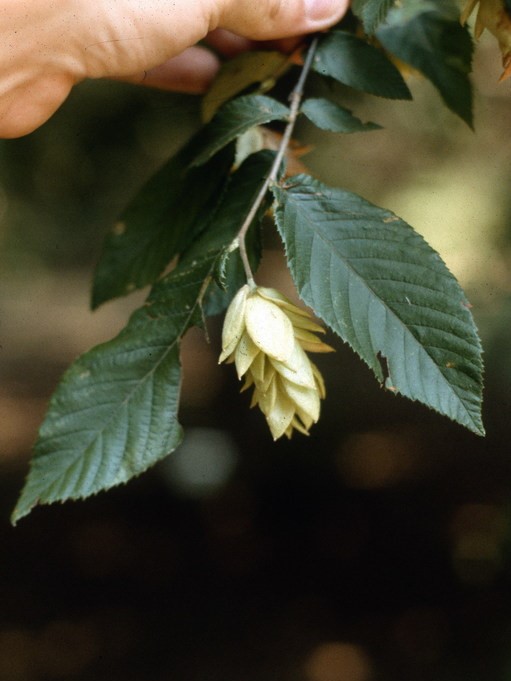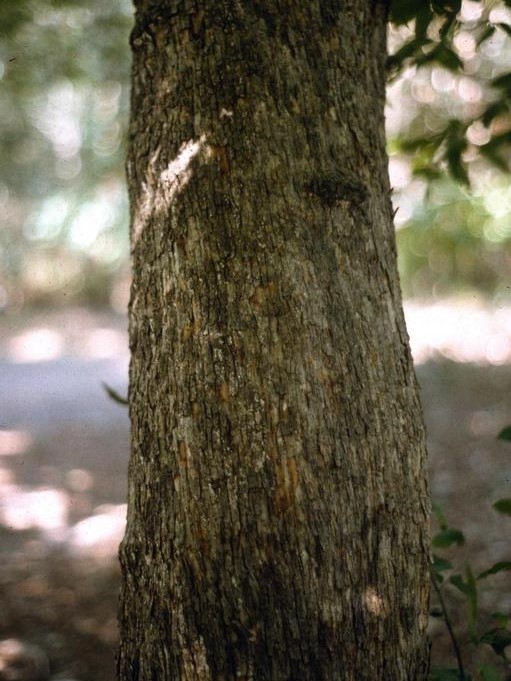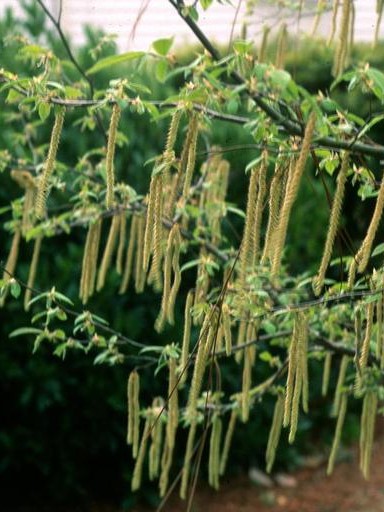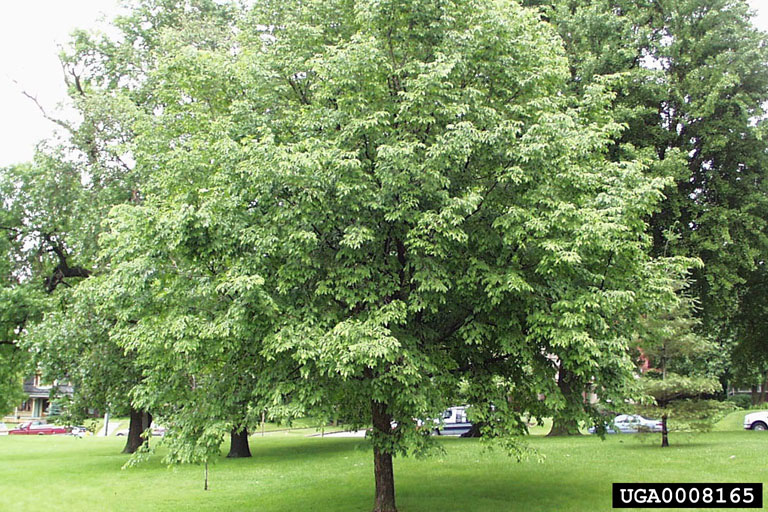1/27/2020
By: Dan Petters
Ironwood (Ostrya virginiana, also known as American hophornbeam) often makes its home in the understories of upland hardwood forests and some other drier sites. It’s a tough member of the birch family, growing only to 20’ or 40’ and happily spending its entire life cycle in the shade of taller oaks, maples, and other hardwoods, making it a climax or late-successional species! It has many features typical of the birch family, like soft, doubly serrate leaves, fine branching structure, and performed male catkins. Drooping clusters of seed bearing pods somewhat resemble clusters of hops. The bark is also somewhat distinctive: grey-brown, finely furrowed, and shaggy, the kind that torments the eyes of tree climbing children. Ironwood’s extremely dense and hard wood gives it its common name (making it hard on chainsaws too). Its range is roughly the eastern half of the US, extending from Minnesota to Louisiana and up through the entirety of Maine, as well as a few pockets in the mountains of Mexico through Honduras.
The wood has been used for fence posts and handles of tools, though its relatively small size and lower abundance make it difficult to harvest commercially. It is drought tolerant and free of any significant disease or pest problems, making it a possible good choice as an ornamental. Its seeds are also a good food source for many birds and small mammals.
Ironwood is also the common name of a variety of woody plants around the globe, and as such, which plant the name refers to varies regionally. For example, Carpinus caroliniana, another Minnesota native often known as musclewood, blue-beech, or American hornbeam, also shares the name ironwood. This confusion makes these trees excellent examples of the trouble with relying exclusively on common names to describe plants.
References:
Ironwood. The Morton Arboretum. Accessed January 26, 2020. https://www.mortonarb.org/trees-plants/tree-plant-descriptions/ironwood
Ironwood. Minnesota DNR. Accessed January 26, 2020. https://www.dnr.state.mn.us/trees/ironwood.html
Ostrya virginiana. Missouri Botanical Garden. Accessed January 26, 2020. https://www.missouribotanicalgarden.org/PlantFinder/PlantFinderDetails.aspx?kempercode=l330
Images:
John Ruter, University of Georgia, Bugwood.org
Paul Wray, Iowa State University, Bugwood.org



